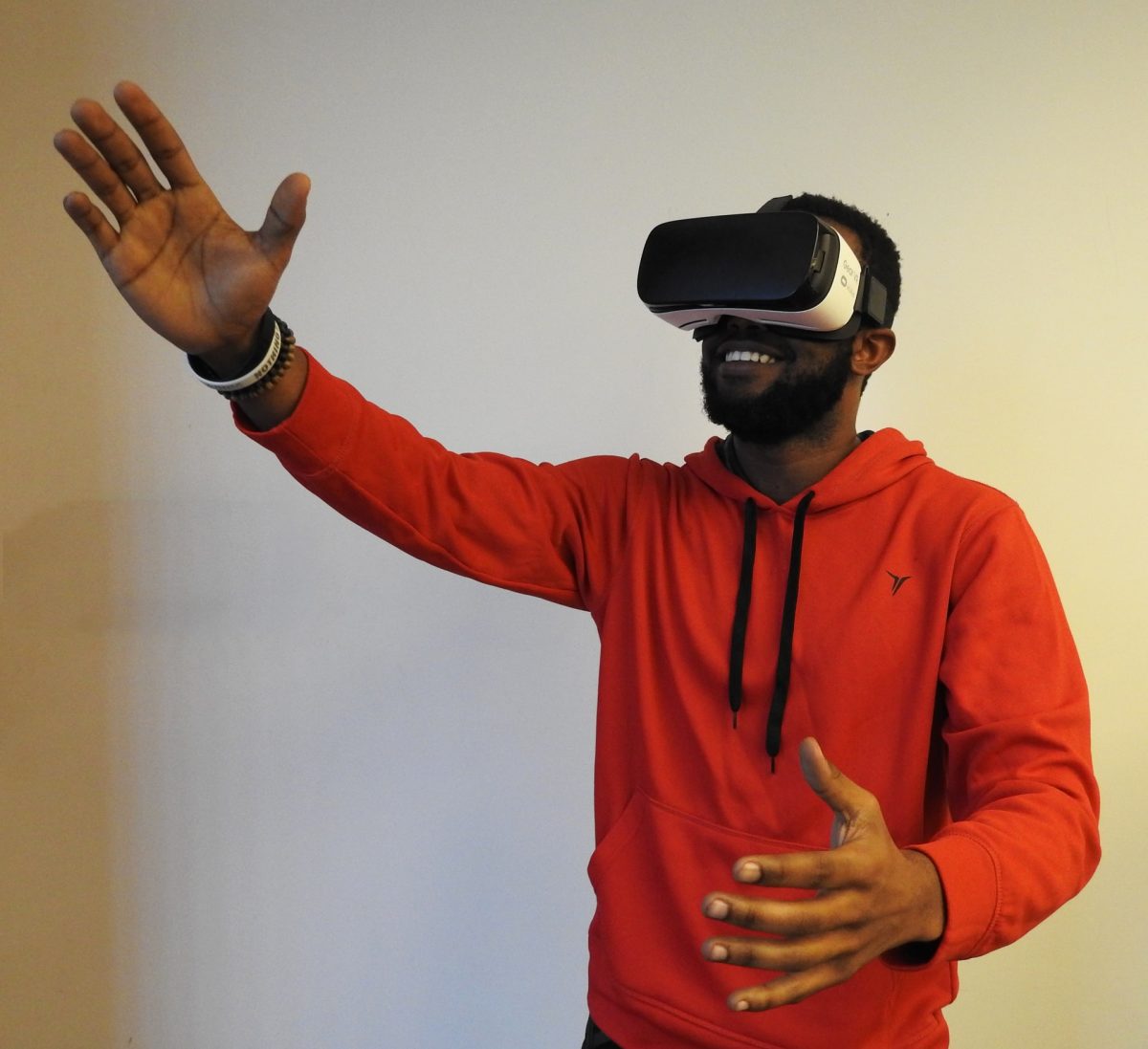“Virtual Reality” (VR) headsets first started appearing around the 1950s but it was only around the 2010s that tech companies managed to start producing them for widespread commercial use. Although most of us are probably most familiar with VR in the context of gaming, the applications of VR are gradually becoming more widespread. From virtual sales kickoff, to fashion shows and even the medical field, VR is gradually becoming recognized as a versatile tool that can be used to provide an immersive experience that can fulfill a variety of roles.
VR In Art Spaces
VR art exhibitions are not a completely new concept and artists have always been one of the groups at the forefront of exploring new technologies and their applications. However, since Covid-19 came onto the scene in 2020, forcing many art museums to temporarily shut their doors, VR quickly became a way to fill the void. Now, instead of spending hours walking around a museum and admiring artworks, you could spend hours “walking” around your home and doing much the same thing. On top of that it saved you the cost of travelling down to the Louvre or The Metropolitan Museum of Art while largely delivering a similar experience.
What was meant to be a temporary stopgap has since transformed into a phenomenon that seems set to stay. With the opening of the Virtual Online Museum of Art (VOMA) in September of 2020, a new milestone has been made in technological and art history. The art world seems to recognize that VR provides both artists and audiences alike with unique opportunities and experiences and seems eager to capitalize on the phenomenon.
Now as more artists are experimenting and incorporating elements of VR and Augmented Reality (AR) into their work, this hails a new era in the art world with an increasingly close marriage between this uniquely interactive medium and the seemingly limitless opportunities it affords artists.
VR In Mental Health
Excessive stress is becoming the unfortunate norm in today’s society and the rapidly changing economic, political and societal landscape around us is hardly helping. However, as there is little most of us can do to change external stressors, that is perhaps why more and more of us are turning to personal wellness techniques such as meditation and yoga to dispel the perpetual tension in our shoulders.
Meditation is not a new-age wellness fad, but has in fact been around for thousands of years. The concept behind it is simple enough: Sit still, focus and breathe. However, with the exception of breathing, most of us have trouble calming ourselves enough to focus on our inner thoughts and relax. VR can assist us by providing any number of audio or visually guided meditation tapes and helps to immerse us in a world away from our own hectic reality.
In addition to this, VR is also a remarkably helpful tool in other aspects of mental health as it can help to strengthen the effects of certain types of therapy by providing simulations of certain situations. This is likely to greatly benefit those who suffer from anxiety and PTSD as they will be able to explore their triggers in a safe environment while allowing the therapist a more “hands on” approach in their treatment plans.
VR In Professional Training
Since the early days of its conception, VR has been used to facilitate the training of certain occupations. VR provides a flexible space where a soldier or a doctor can practice a scenario over and over again so that when it comes to crunch time they’ll be able to execute it with as few mistakes as possible. Needless to say, this holds the key to saving countless lives.
But does VR potentially have a place in the corporate world? As working remotely is not only becoming more popular but perhaps may even become the norm, VR looks like it may yet be the solution to several issues that such arrangements bring about.
Much as their military and medical counterparts, VR holds the potential for employers to carry out componential and “in-situ” job training for their new employees. Furthermore, VR will allow firms a space to easily showcase their products to clients. Now instead of trying to puzzle your way through a page of instructions to make a stab at the shape your IKEA chair is supposed to end up, VR can help the consumer to directly visualize what the end product is supposed to look like and instruction manuals can even be directly uploaded into the program.
Although our current perception of VR is that it’s far too high-tech to incorporate itself into the daily operations of most jobs, as the technology becomes more widespread and easier to use and produce, it seems that VR may very well hold the solution to some of the problems that currently plague companies.
The technological phenomenon of VR has begun to and likely will continue to revolutionize the way we experience the world around us. Ever since VR has entered the public consciousness as one of the more accessible elements from the pages of sci-fi, the demand for it from both professionals as well as consumers has only been rising. As the cost of this technology is quickly becoming more and more affordable, it is likely that sooner rather than later, this tool will become a household one.

